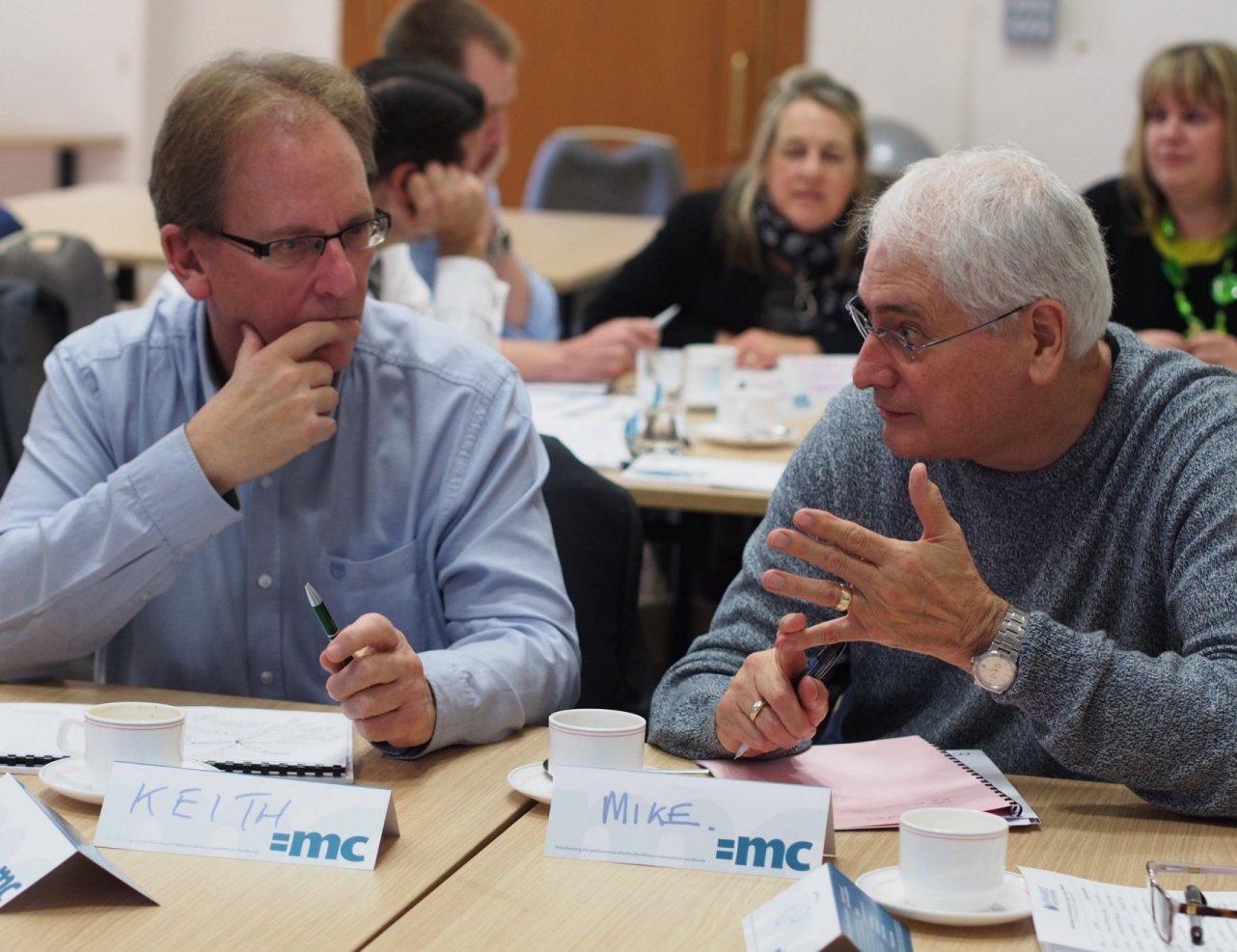
Photo: Norfolk Museums
Lessons in effective fundraising
When trustees and senior managers develop their fundraising skills alongside staff and volunteers, some key barriers to fundraising success can be overcome. Miranda Rowlands explains.
Since 2014 SHARED Enterprise, a Catalyst Umbrella programme funded by the Heritage Lottery Fund, has reached 660 people from almost 300 organisations, and is now in its final evaluation phase. The project has had some great outcomes, including over £2.5m raised by the participants.
The biggest barrier to fundraising we observed was quite simply not having the physical capacity within the organisation to fundraise. It’s not only the small, volunteer-run museums that are affected, as larger museums with paid staff are equally lacking in capacity. Cuts to local authority funding have bitten hard, leaving the remaining staff overstretched and obliged to balance multiple responsibilities.
One delegate was prevented from implementing a legacy-giving programme because the trustees thought it distasteful to be ‘ambulance chasing’
Fundraising, though much needed, is one more urgent job on an ever-growing list of urgent jobs. It’s not a quick job either. Effective fundraising takes time, it needs research, a strategic approach, and relationships need to be carefully cultivated. It’s easy to see why fundraising ends up at the bottom of the to-do list, especially when people are not confident fundraisers and very few museums are lucky enough to employ someone whose job is solely concerned with fundraising.
Governance issues
Besides having limited physical capacity, some museums are also hindered by inflexible governance structures. A local authority museum was unable to take advantage of online-giving platforms because of requirements to use council payment platforms to take online payments.
As a result, what might have been a brilliant and engaging public funding appeal was reduced to a drab and unappealing ask via the same site the public uses to pay council tax. It’s not easy to present a compelling case for support if people think their donation is going into council coffers instead of to the museum.
Meanwhile, some independent museums struggled to put their learning into practice if the board of trustees was not fully supportive. Attitudes at senior management and board level have a big impact. If trustees or managers have outdated attitudes and are themselves reluctant to ask for money, other staff and volunteers will have a hard time implementing any kind of fundraising activity effectively.
For example, one delegate was prevented from implementing a legacy-giving programme because the trustees thought it distasteful to be ‘ambulance chasing’. Attitudes based on faulty reasoning like this can be very hard to shift.
Trustee involvement
Conversely, we worked with several museums where trustees and senior managers were taking a proactive lead with fundraising and actively developing their fundraising skills alongside staff and volunteers. These museums went on to achieve some impressive fundraising successes.
Ely Museum was one of those. Staff and trustees took full advantage of the training programme, participating in cohorts, workshops and bespoke training. SHARED Enterprise supported the museum’s board review and recruitment of new trustees, as well as working with the whole staff team to raise awareness of their role in fundraising, especially if they didn’t think it involved them.
Through the cohort training programme, the museum was supported by a fundraising consultant to successfully raise £220,000 to purchase a Bronze Age gold torch discovered in East Cambridgeshire. It was an important find and the team had just four months to raise the money.
The curator said: “Fundraising for such a large purchase was a daunting prospect. The support of a fundraising consultant allowed the staff and trustees to prepare a clear fundraising strategy and follow it through to successfully raise all the funding required.”
Securing large donations
The strategic approach, looking for funders that could make the largest donations first, rather than launching a public appeal straightaway, definitely paid off. Securing the large donations first might seem obvious to a professional fundraiser, but many people’s instinctive reaction when faced with the need to raise a large amount of money in a limited timeframe is to go for the perceived quick wins – the small amounts that are easier to secure, but which make less of an impact on the final total.
Because the whole team was behind the campaign, Ely Museum was able to act quickly, analyse the sources of funding available to them, put together a case for support, and write successful bids for funding from several high-profile trusts and foundations. It also raised money through local sources, including individual donations.
Investment in fundraising
Although the programme has now come to an end, the pressure on museums to raise funds has not gone away. It is as great now as it ever was, if not greater. The lessons learnt are by no means exclusive to museums, but would apply to many organisations that need to raise funds to survive.
You need to invest in fundraising to succeed. Good fundraising takes time and it takes skill. You may need to invest in training to develop your fundraising skills and knowledge, but training is only effective if you are willing and able to act on and implement what you’ve learnt. You are far more likely to be successful if you have a commitment to fundraising at senior leadership level.
Miranda Rowlands is SHARED Enterprise Project Officer at Norfolk Museums Service.
sharemuseumseast.org.uk/shared-enterprise
Tw @SHARED_Ent
You can download free resources, case studies and evaluation documents from the project here.
Join the Discussion
You must be logged in to post a comment.